
Decorative wall lights are one of the most impactful elements in interior design. Beyond simply providing illumination, they help shape mood, enhance style, and add a layer of visual depth to any room. With countless styles, finishes and functions available, choosing the right wall light can dramatically transform your space. This guide will walk you through everything you need to know – from how to select the perfect fixture to styling tips that elevate your interiors.
Decorative wall lights are wall-mounted lighting fixtures that serve both a functional and aesthetic role in interior design. Unlike standard ceiling lights, they’re used to enhance the visual appeal of a room while providing soft, ambient or accent lighting. Available in a wide range of styles—from minimalist modern designs to classic or ornate finishes—they can complement your décor, highlight architectural features, or create a warm, inviting atmosphere. Whether used in bedrooms, hallways, or living rooms, decorative wall lights offer an elegant way to add character, depth and mood to any space.
Decorative wall lights do far more than just light up a room. They’re an essential part of a layered lighting design that enhances your home’s character and comfort. Here’s a closer look at why they’ve become such a go-to choice for interior designers and homeowners alike:
Selecting the perfect wall light isn’t just about picking what looks good. It’s about understanding your space, your needs, and how the fixture will perform within that context. Here are some key considerations to guide your decision:

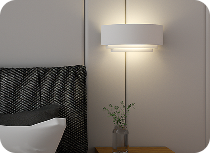
To get the most out of decorative wall lights, you’ll need to consider positioning, style, layering, and visual impact. Here are expert tips to help you use wall lights with confidence:
A single ceiling light rarely does justice to a well-designed space. To create a rich and comfortable environment, it’s essential to layer different types of lighting. Begin with ambient lighting such as ceiling pendants to provide general illumination, then add task lighting like desk or bedside lamps for focused activities. Finally, use accent lighting—particularly decorative wall lights—to highlight features and add atmosphere. This layered approach prevents harsh shadows and gives you the flexibility to change the mood and functionality of a room throughout the day. Opting for dimmable wall lights can further enhance this effect, allowing you to shift from energising brightness to soft, ambient tones with ease.
The height at which wall lights are installed plays a crucial role in both comfort and visual harmony. For most spaces, lights should be mounted at eye level, which typically falls between 150 and 170 centimetres from the floor. This ensures that the light is functional without being glaring or distracting. In bedrooms, especially for reading lights, the base of the fixture should sit about 30 to 50 centimetres above the mattress to allow for convenient reach and effective illumination. In rooms with particularly high ceilings, mounting the lights slightly higher can help maintain proportion and balance within the overall design.
Creating a cohesive interior involves careful attention to the details—especially finishes and materials. Decorative wall lights should complement the existing elements in the room. For instance, matching the metal finishes of your lights with door handles, taps, or other fittings helps unify the space. Likewise, using similar materials—such as glass, ceramic, rattan, or marble—across different decorative pieces can subtly tie the design together. These choices, though seemingly small, contribute significantly to the overall harmony and polish of the room.
Symmetry has a timeless appeal in interior design, and wall lights are a perfect tool for achieving it. Placing identical fixtures on either side of a feature—such as a mirror, bed, fireplace or artwork—adds structure and visual stability. In long hallways or staircases, evenly spaced wall lights create a sense of rhythm and guide the eye along the space. Symmetrical placement can make a room feel more ordered and intentional, and when paired with reflective surfaces like mirrors, it can also amplify light and space.
Wall lights are highly effective at highlighting the unique architectural elements of a room. Directional fixtures like uplighters, downlighters, or adjustable spotlights can be used to draw attention to textured walls, such as exposed brick, stone, or panelling. They also work beautifully to define features like arches, alcoves, or wall niches. By focusing light on these areas, you not only add depth and contrast but also emphasise the craftsmanship and design details that make your home unique.
In smaller rooms, decorative wall lights are a smart solution for maintaining both style and functionality. They can replace the need for table or floor lamps, freeing up valuable surface space for essentials like books, plants, or personal items. In bedrooms, for example, mounting lights above or beside the bed keeps nightstands uncluttered while still providing ample light for reading or relaxing. Adjustable designs, such as swing-arm fixtures, offer flexibility and add a modern, streamlined touch to compact spaces.
Wall lights don’t always have to blend in—they can also serve as bold design statements. In minimalist or contemporary interiors, oversized or sculpturally designed fixtures can act as focal points, introducing contrast and visual drama. Alternatively, in more traditional or richly decorated settings, subtle and slimline wall lights can enhance the space without overwhelming it. Striking the right balance between scale, placement and visual weight is key to making the lighting feel intentional and well-integrated.
While wall lights can and should add character, they also need to work harmoniously with other sources of light in the room. Using the same colour temperature—such as warm white or cool white—throughout helps maintain consistency. Selecting wall lights that echo the shapes, lines, or materials of nearby ceiling fixtures, pendant lights or floor lamps reinforces a cohesive visual theme. Coordinating your lighting scheme ensures that no single element feels out of place and that the room feels balanced and thoughtfully styled.
In open-plan living areas, wall lights can help delineate different functional zones without the need for partitions or furniture. For example, a wall light placed above a piece of art can signal the start of a dining area, while directional lighting can mark a reading nook or a workspace. They can also be used to highlight transitions between spaces, such as the shift from a hallway to a living room. This type of lighting subtly guides how a space is experienced and used, making the layout feel more intuitive and refined.
Decorative wall lights are far more than just functional additions—they’re design statements that bring warmth, character, and personality to your home. By carefully choosing the right style, placement, and purpose, you can achieve a layered lighting scheme that works beautifully in any room. From creating ambient glow to highlighting architectural features, wall lights play a key role in curating a well-balanced interior. With thoughtful selection and styling, these fixtures can turn ordinary walls into stunning focal points.
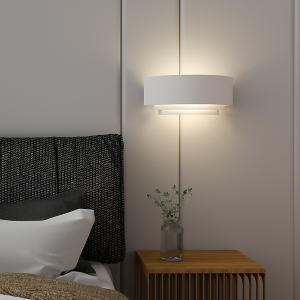
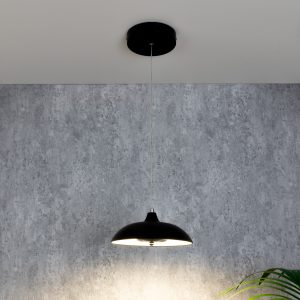
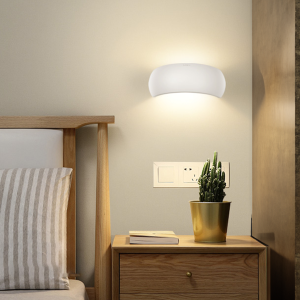
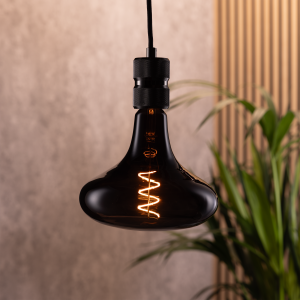

All rights reserved 2025